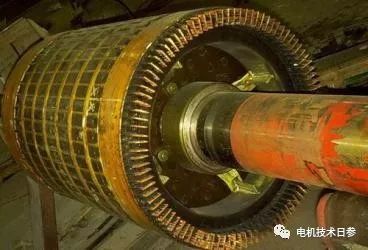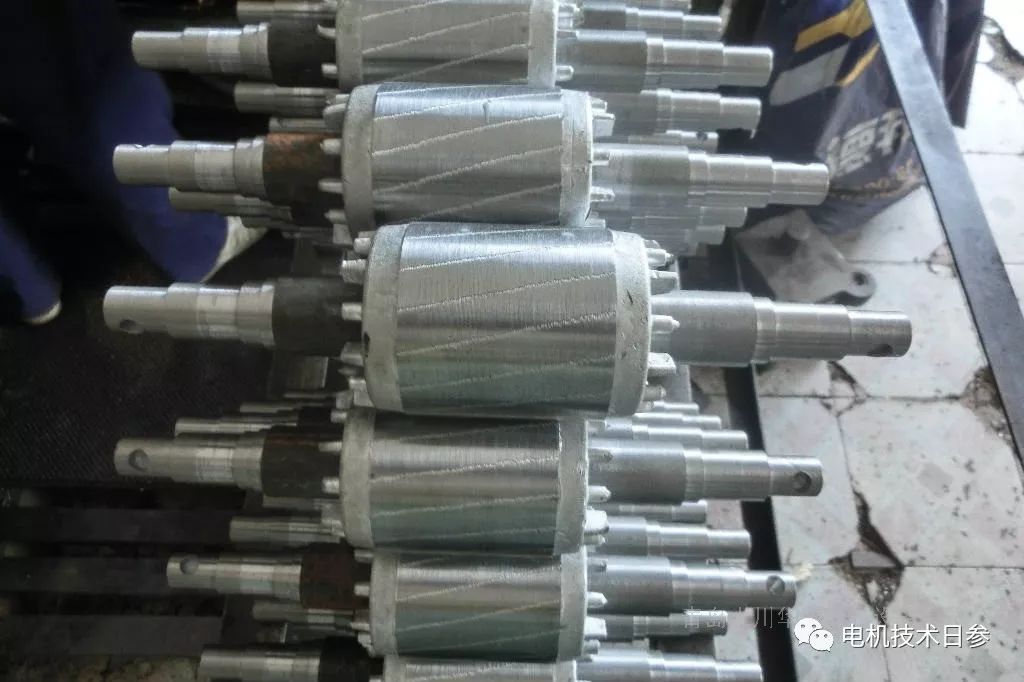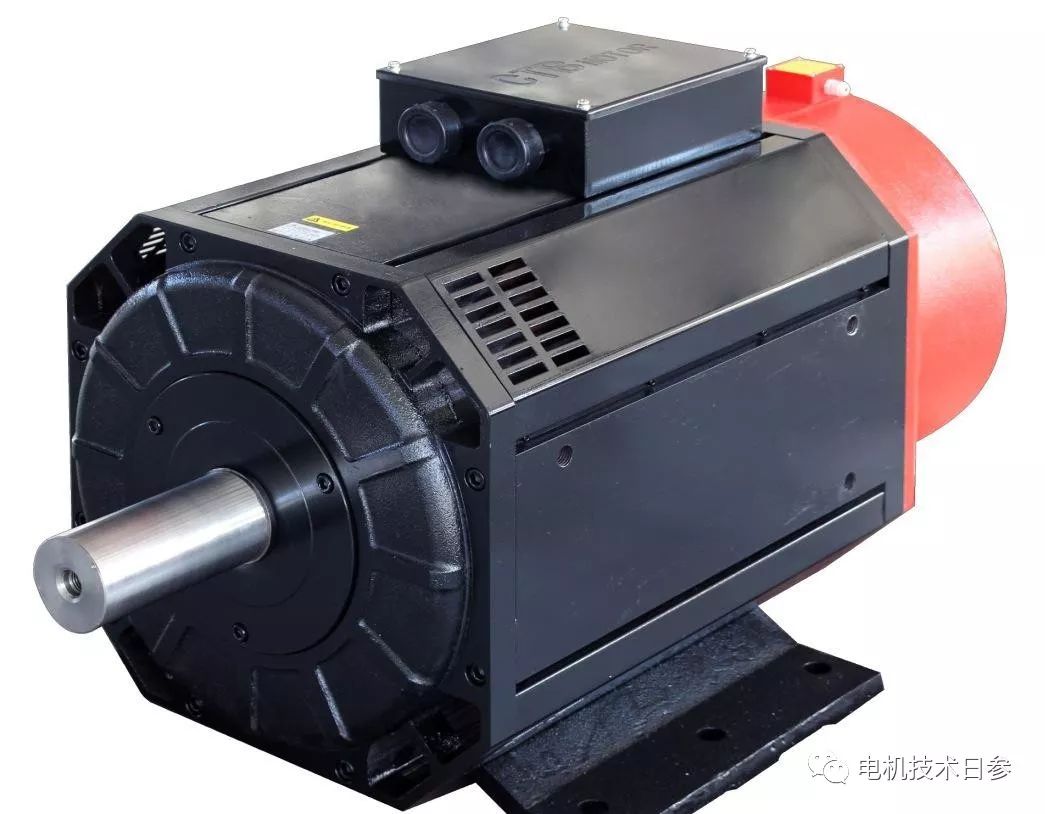Rotor turning is a necessary process in the production and processing of electric motors. During the turning process, it should be ensured that the rotor punches cannot be displaced or rewound in the circumferential direction, especially for rotors with windings. Because of the displacement of the punches, it is very likely to cause damage to the insulation, resulting in ground faults of the windings.
On the other hand, in the case that the relative displacement of the rotor punch does not occur, some unsuitable conditions can be found from the surface shape after turning, such as the sawtooth problem of the rotor groove, the aluminum clamping problem in the aluminum casting process, etc.; Sawtooth and aluminum clamping will have a great impact on the performance of the motor, so it should be avoided through process control and improvement during production and processing. But for closed-slot rotors, it is difficult to find the problem of sawtooth and aluminum clamping, so it is more necessary to strengthen process control and management.
In addition to the compliance requirements of performance, the turning of the rotor itself also involves the industrial aesthetics of a part, the coaxial problem of the rotor and the stator, etc. Therefore, the turning process is really a process of comprehensive level analysis and evaluation.
●Induction motor
Induction motors are also called “asynchronous motors”, that is, the rotor is placed in a rotating magnetic field, and under the action of the rotating magnetic field, a rotational torque is obtained, so the rotor rotates.
The rotor is a rotatable conductor, usually in the shape of a squirrel cage. The stator is the non-rotating part of the motor whose main task is to generate a rotating magnetic field. The rotating magnetic field is not realized by mechanical means, but is passed through several pairs of electromagnets with alternating current, so that the nature of the magnetic poles changes cyclically, so it is equivalent to a rotating magnetic field. This kind of motor does not have brushes or collector rings like DC motors. According to the type of AC used, there are single-phase motors and three-phase motors. Single-phase motors are used in washing machines, electric fans, etc.; three-phase motors are used in factories. Power plant.
●Motor working principle
Through the relative movement of the rotating magnetic field generated by the stator and the rotor winding, the rotor winding cuts the magnetic induction line to generate an induced electromotive force, thereby generating an induced current in the rotor winding. The induced current in the rotor winding interacts with the magnetic field to generate electromagnetic torque to make the rotor rotate. As the rotor speed gradually approaches the synchronous speed, the induced current gradually decreases, and the generated electromagnetic torque also decreases accordingly. When the asynchronous motor works in the motor state, the rotor speed is lower than the synchronous speed.
Post time: Mar-20-2023


